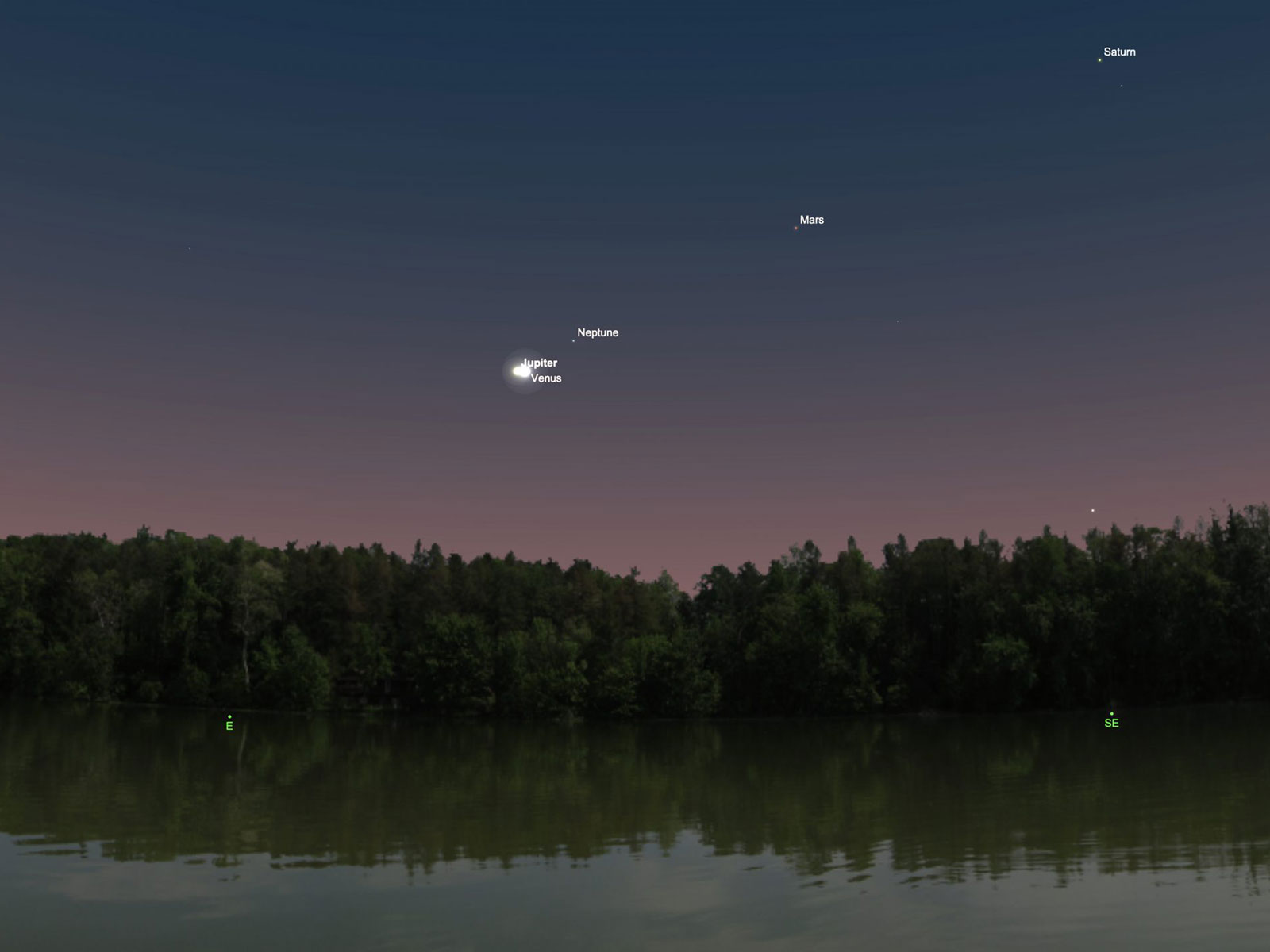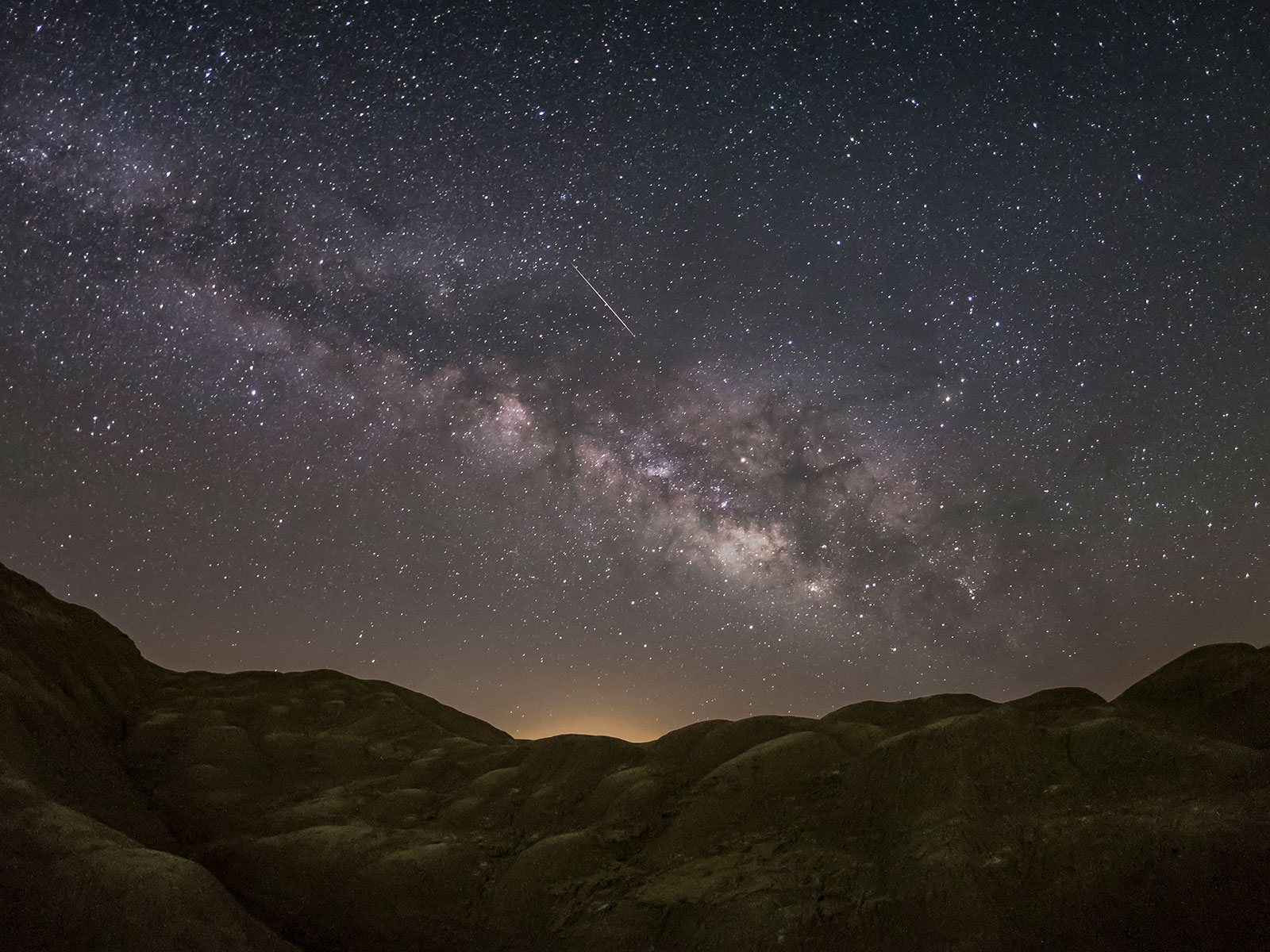Science
Related: About this forumTen Dazzling Celestial Events to See in 2023
JANUARY 30, 2023
Stargazers can look forward to watching a rare comet, a super blue moon and several spectacular meteor showers
Margaret Osborne
Daily Correspondent
Last year was an excellent one for amateur astronomers. Stargazers in the United States saw two total lunar eclipses, a spectacular “ring of fire” solar eclipse and a rare alignment of the planets Mercury, Venus, Mars, Jupiter and Saturn. This year promises another amazing set of celestial events, including dark skies for the two most anticipated meteor showers: the Perseids and the Geminids. To watch these and other phenomena, all you’ll need is a dark location, weather-appropriate gear and occasionally a set of binoculars. To help you plan your nights out in 2023, we’ve compiled a list of the ten biggest celestial events of the year.
. . .
March 1: Venus-Jupiter conjunction

An illustration of the Jupiter-Venus conjunction in Huntsville, Alabama, at 6 a.m. on the morning of April 30, 2022 NASA / Marshall
In astronomy, a conjunction occurs when a planet appears close to a moon, another planet or a star. Conjunctions occur fairly frequently and have “no profound astronomical significance, but they are nice to view,” according to NASA.
During the first few months of the year, the two brightest planets will begin to converge in the southwestern sky, and on March 1, they will reach their closest points to each other. You should be able to see both with your bare eyes, though you can also see them in the same field of view with even the tiniest backyard telescope, writes National Geographic’s Andrew Fazekas. Though the two will appear relatively close, they are actually millions of miles apart. Look west-southwest at dusk to see the two planets together.
April 15 to April 29: Lyrid meteor shower

A Lyrid meteor streaks across the sky over the Anza-Borrego Desert in California. Kevin Key / Slworking via Getty Images
Meteor showers occur when the Earth passes through debris left behind from comets and asteroids, which is why they occur at around the same time each year. The Lyrids originate from the comet Thatcher, which orbits the sun about every 415 years. This is one of the oldest recorded showers, with observations dating back to 687 B.C.E., writes Daisy Dobrijevic for Space.com.
More:
https://www.smithsonianmag.com/science-nature/ten-dazzling-celestial-events-to-see-in-2023-180981529/
niyad
(119,924 posts)Horkheimer reminding us to "keep looking up".
Easterncedar
(3,524 posts)I appreciate your reminder
Easterncedar
(3,524 posts)underpants
(186,649 posts)Thanks. Bookmarked